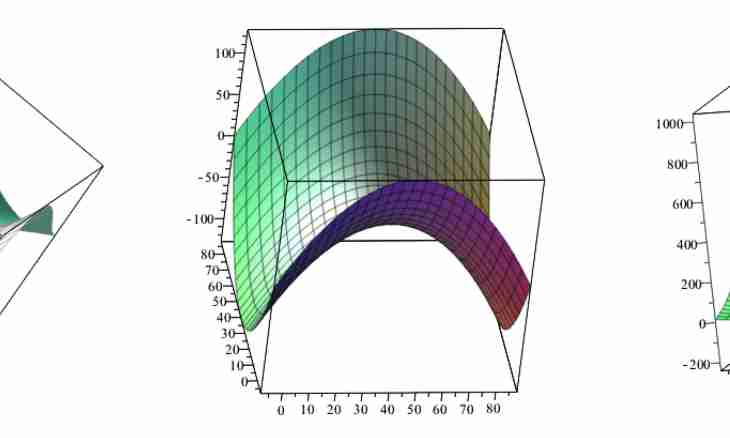Both rudiment, and atavism is called the sign which got to the person or an animal from evolutionary ancestors. But these terms are not synonyms, the difference between atavism and a rudiment is very essential.
The difference between rudimentary and atavistic signs consists in at what ancestors of this individual – the next or remote, any given sign and also in whether it is norm or a deviation is observed.
Atavism
Atavism is called such sign which was present at evolutionary ancestors of this look, but it is not inherent in the most nowadays existing look. Nevertheless, the genes coding it remain and continue to pass from father to son. Under certain circumstances these "the sleeping genes" can "wake up", and then the individual with atavistic sign is born.
For example, the tarpan – the died-out wild ancestor of horses, standing had marks in the form of strips. Modern horses do not have them, but individuals with similar marks occasionally are born. At the beginning of the 19th century the birth of such foal at a horse which for 2 years was without results coupled to a zebra male before was an incitement to emergence of the pseudoscientific theory about a telegoniya. Atavistic signs also meet at people. Sometimes people with continuous indumentum as at monkeys, with additional mammary glands as at other mammals, with an appendage in the form of a tail are born. Up to the middle of the 20th century such people had one way – in buffoonery or in circus, to amuse public the unusual appearance.
Rudiment
The rudimentary sign is heritage of evolutionary ancestors too. But if atavism is an exception, a rudiment – the rule. Rudimental organs during evolution degraded and lost the functionality, but they are available for all representatives of this look, therefore, the birth of an individual with such sign is not an aberration. An example of a rudimental organ – an eye of a mole: very small, almost not seeing. Nevertheless, normal moles are born with eyes, the birth of a mole without eyes is possible only as a result of genetic anomaly or violation of pre-natal development. An example of a rudimental organ at the person – the muscles surrounding an auricle. Other mammal they help to move with ears, listening, but very few people from people are capable of it. A rudiment is the tailbone – the degrading tail. It is not necessary to confuse homological bodies which in the pre-natal period arise at all with rudiments, but fully develop and function at individuals only same-gender – for example, underdeveloped mammary glands at men. You should not mix with rudiments and the provisional bodies existing only at embryos and disappearing subsequently.

